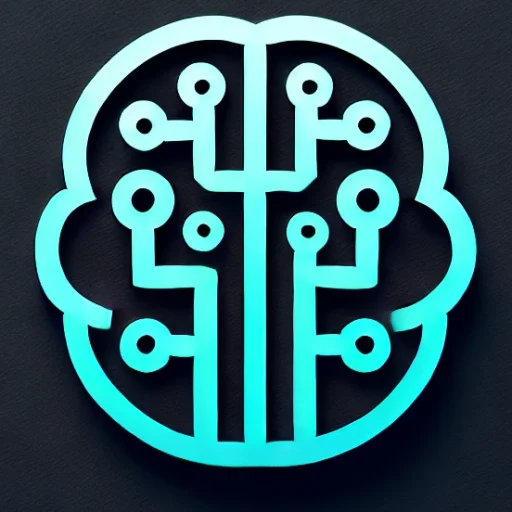
Introduction
In recent years, generative AI has emerged as one of the most transformative and fascinating areas in artificial intelligence. By enabling machines to create new content—be it images, text, music, or even entire virtual worlds—generative AI is redefining how we think about creativity and automation. This technology isn’t just a tool for innovation; it’s a catalyst for reshaping entire industries, enhancing productivity, and sparking new discussions on the ethical and societal implications of AI-generated creations.
Key Insights & Latest Advancements
Generative AI is primarily driven by advancements in deep learning and neural networks, specifically Generative Adversarial Networks (GANs) and transformer models like OpenAI’s GPT series. The latest version, GPT-4, can generate human-like text with unprecedented coherence and nuance. Similarly, GANs have revolutionized image creation, enabling AI to produce realistic and high-quality images from scratch.
One notable advancement is the increased accessibility of generative AI tools through platforms like OpenAI’s API and various cloud-based solutions from tech giants like Google and Amazon. This democratization means more individuals and organizations can harness the power of generative AI without needing deep technical expertise.
Real-World Applications
Generative AI is being used across a wide array of sectors. In the entertainment industry, AI is generating scripts, video content, and even music compositions, reducing production times and costs. In healthcare, AI models are simulating patient data to aid in drug discovery and personalized medicine, offering new avenues for treatment without putting real patients at risk.
In the fashion industry, generative algorithms design unique clothing patterns and styles, providing designers with fresh ideas and reducing the time from concept to market. Similarly, the art world has embraced AI artists, prompting new discussions about ownership and creativity.
Challenges & Future Outlook
Despite its potential, generative AI poses significant challenges. Issues around ethical use, copyright, and the authenticity of AI-generated content lead the list of concerns. As AI-generated content becomes more prevalent, distinguishing between human and machine creation becomes increasingly difficult, raising questions about trust and authenticity.
Security is another critical concern; the same technology that can create can also deceive. Deepfakes, for instance, use generative AI to produce fake videos that can tarnish reputations and spread misinformation.
Looking forward, the future of generative AI will likely involve tighter integration with other emerging technologies, such as quantum computing, to boost processing power and efficiency. As generative AI continues to advance, the focus will increasingly shift towards developing robust ethical frameworks and technical solutions to mitigate risks.
Conclusion
Generative AI stands at the forefront of technological innovation, offering immense possibilities and profound challenges. As industries continue to explore this potent technology, it is crucial to balance creativity and innovation with responsibility and ethical considerations. The rise of generative AI promises not just to transform creativity but to redefine our interaction with technology, pushing the boundaries of what machines, and indeed humanity, can achieve.
Key takeaways include the potential for generative AI to revolutionize industries, the importance of addressing ethical concerns, and the need for ongoing advancements and safeguards to realize its full potential responsibly.

